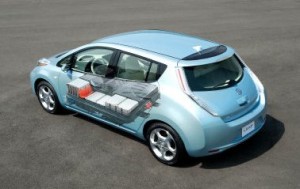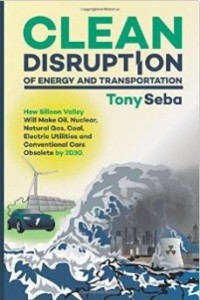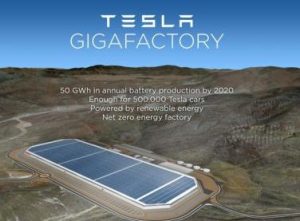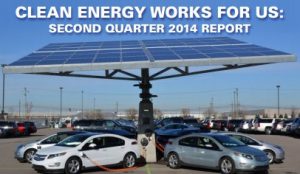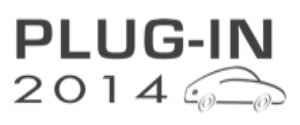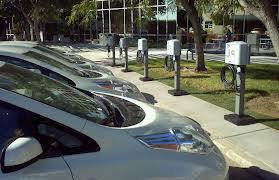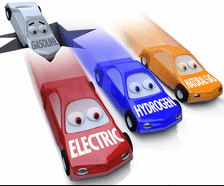 Sales of electric vehicles (EVs) have been fairly impressive since their launch in late 2010, but the question of how to move those numbers up continues to plague the auto industry. A new working paper and brief by researchers at the Institute of Transportation Studies, UC Davis explores the issues. Aside from Tesla buyers, car shoppers and buyers of EVs are much less satisfied with the dealer purchase experience than are buyers of conventional vehicles. EV buyers have been dissatisfied with the level of support they receive from dealerships. The UC Davis team sees that EVs require innovation in how they’re retailed to customers during a time of change in what consumers expect from their car shopping and buying experiences. There’s a real need for a dealer training program to enhance the EV car shopping and buying experience – and Green Auto Market has a proposal on how to get that done.
Sales of electric vehicles (EVs) have been fairly impressive since their launch in late 2010, but the question of how to move those numbers up continues to plague the auto industry. A new working paper and brief by researchers at the Institute of Transportation Studies, UC Davis explores the issues. Aside from Tesla buyers, car shoppers and buyers of EVs are much less satisfied with the dealer purchase experience than are buyers of conventional vehicles. EV buyers have been dissatisfied with the level of support they receive from dealerships. The UC Davis team sees that EVs require innovation in how they’re retailed to customers during a time of change in what consumers expect from their car shopping and buying experiences. There’s a real need for a dealer training program to enhance the EV car shopping and buying experience – and Green Auto Market has a proposal on how to get that done.
Earlier this year, a Consumer Reports investigation came to similar conclusions. The magazine dispatched 19 mystery shoppers to 85 dealers across four states. One finding was that dealer staff knew little about the EVs they’re selling. In some instances, dealer staff discouraged EV purchases. The UC Davis team conducted 43 interviews with six automakers and 20 new car dealers in California’s major metro markets for EV sales. They also analyzed national and state-level J.D. Power 2013 Sales Satisfaction Index (SSI) study data on customer satisfaction with new car dealerships and Tesla stores.
One of the challenges for EV success is that these vehicles need to be offered outside of California. Currently, 19 different EV models from 10 different automakers are available for purchase in California, but only three of these models are available nationally. While automakers have their part in getting national EV sales above and beyond 1% of all new vehicle sales, dealers play a very large part in meeting this goal. Legal battles between dealer associations and Tesla Motors present a real challenge for dealers to compete, but also an opportunity for franchised dealers to stand out. Nearly every automaker is offering an EV for sale now. It can be challenging for dealer management to get their sales representatives focused on selling EVs; they do need to spend more time these days answering car shopper questions on connectivity, infotainment, extended warranty coverage, etc. It might be attractive for a dealer sales rep to get the car shopper to focus on something other than EVs, especially if it takes a long time to answer their questions – and if the customer knows more about EVs than the sales rep.
Here’s what Green Auto Market and LeSage Consulting would like to offer automakers and dealer networks: a training model where dealer sales representatives can give a 10-minute presentation that answers questions car shoppers usually have about EVs. These questions might include:
- Federal tax and state incentives and how they’re acquired
- Home charging stations – how much they cost and how the building code inspection process and installation work
- Driving range once the car is fully charged
- Public charging stations and how they can be found on mobile devices
- Cost of fueling compared to internal combustion engine cars
- Maintenance process and services offered by the dealer
It would probably make the most sense to have a training program for dealer staff available on video with other presentation materials, such as a slide show and hand-outs. Whatever the method, it’s becoming more important now for the dealer experience to improve for EV shoppers – if automakers and dealers want to see those sale numbers increase and to build customer loyalty. For anyone interested in exploring this opportunity, I encourage you to send me an email.

